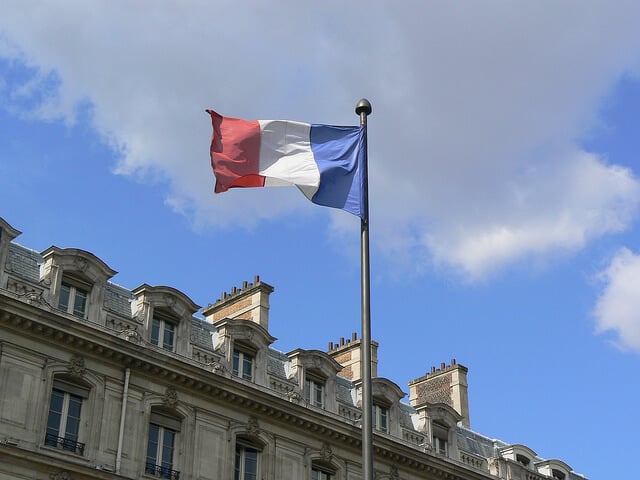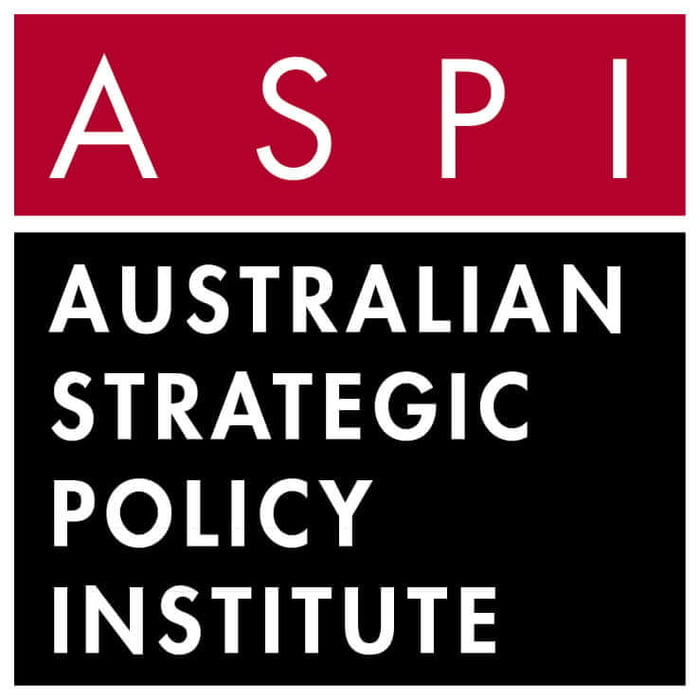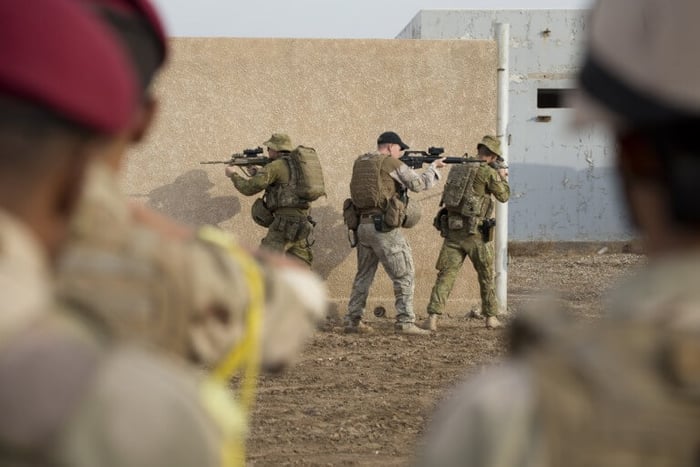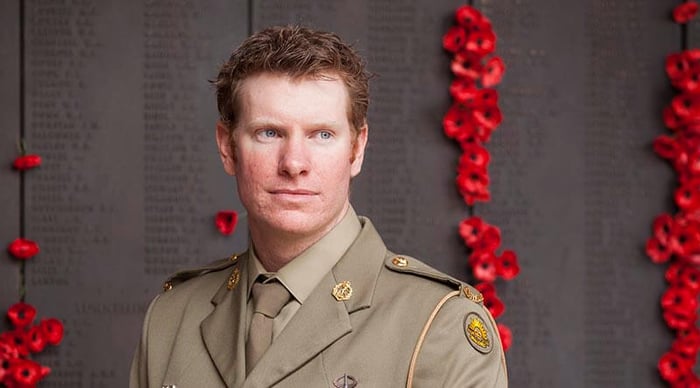
The "Contract of the Century": France Reacts to the Australian Submarine Deal
The announcement that French defence contractor DCNS had been selected as Australia’s international partner to build RAN’s new fleet of 12 submarines was big news in Australia. That’s understandable considering the multi-billion dollar, decades-long contract. It was also big new in France. Combing through a range of French media outlets reveals several interesting trends.
First, domestic politics is the focal point of French reporting. DCNS’s victory has been trumpeted by the government as a massive success for France and its defence industry. L’Elysée, the office of French President François Hollande, called the decision ‘historic’, and thanked Australia for its confidence in France and its companies. French Prime Minister Manuel Valls took to Twitter to describe the contract as a ‘magnificent success for DCNS and our industry’. In a radio interview for Europe1, French Minister of Defence Jean-Yves Le Drian struck a similar tone, stating that the contract would create ‘thousands of jobs in France’.
Ministerial-level politicians aren’t the only ones who are excited. Politicians in lower ranks from west and northwestern France, where DCNS has a large presence, were also quite happy with Tuesday’s announcement. The former deputy-mayor of Cherbourg, home of DCNS’ primary shipbuilding facility, called the deal ‘a victory for France and for Cherbourg’.
The reaction of the French media has also been positive. Le Figaro, one of France’s most prominent newspapers, called the deal a ‘mega-contract’. L’Express, another large newspaper, called the deal the ‘contract of the century' for the French arms industry. Even the usually pacifist and left-leaning paper Libérationappears to be relatively receptive to the deal, as it bucks the recent trend of France selling arms to authoritarian states like Egypt and Qatar.
DCNS’s triumph is the latest (and biggest) in a string of international deals struck by various French arms manufacturers (many of whom are at least partially owned by the French state). Last month, French aircraft manufacturer Dassault agreed to sell 24 Rafale fighter jets—plus missiles, maintenance, and training—to Qatar in a deal worth €6.7 billion (approximately AU$10 billion). In 2015, Egypt was the main recipient of French arms. It bought 24 Rafales for approximately €5 billion (AU$7.4 billion), a FREMM frigate, and is still engaged in talks for more purchases. However, the big coup for Egypt was its acquisition of two French Mistral amphibious assault ships in 2014, after the French government cancelled the contract with the vessels’ original buyer, Russia, following outcry over the country’s role in the conflict in Eastern Ukraine.
As in Australia, there has been much focus on the economic aspects of the deal in France. Le Monde is reporting that the deal will inject €8 billion (AU$12 billion) into the French economy and will ‘mobilize approximately 4,000 workers at DCNS and 200 subcontractors over six years in France’. However, it’s unclear where those figures come from or what’s meant exactly by ‘mobilize’—it could refer to the creation of new jobs or to simply tasking current employees onto the new project.
There’s also been a distinct emphasis on how the deal advances the Australia–France ‘strategic partnership’. In his communiqué, President Hollande called the deal a ‘decisive step forward in the strategic partnership between the two countries’. The 2016 Australian Defence White Paper emphasises Australia’s close defence relationship with France—both in the Pacific and globally (see 5.83 and 5.84)—but nowhere does the phrase ‘strategic partnership’ appear alongside France. Whether this proclaimed ‘strategic partnership’ evolves beyond France simply selling military equipment to Australia and into more cooperation on issues like terrorism and South Pacific security remains to be seen.
Australia has had a turbulent history with French-sourced equipment. The RAAF flew Dassault Mirage IIIs from 1963 until 1988, although design limitations hampered their operational utility. More troublesome was the acquisition of the MRH-90 multi-role helicopter, which has only recently started to come into its own after many years of issues. Finally, the Eurocopter Tiger has been plagued by problems since its introduction, and is due for early replacement in the 2020s. So the DCNS submarine deal doesn’t have many shining examples to follow.
Submarines have seen the emotional and historical links between the two countries played up. Minister of Defence Le Drian tweeted that he had spent Anzac Day in the Somme with Governor-General Peter Cosgrove to commemorate the Australians who died there during World War I. The Governor-General then went on to meet President Hollande at L’Elysée for a lavish state dinner on the day of the announcement. While the timing may simply be a coincidence (his visit was planned well before the announcement was scheduled), it’s interesting nonetheless.
The French government went all out in support of the DCNS bid, and now it’s basking in its success. French Prime Minister Manuel Valls has even jumped on a plane for an unscheduled visit to talk details with Malcolm Turnbull and the DCNS team. While the French media outlets offered loud support for DCNS’s success in the CEP, they were much quieter on the challenges that lay ahead as the submarines are designed and delivered over the coming decades. As we all know, that’ll be the real story.
Author - Christopher Cowan is an intern at ASPI. The author thanks Clare Murphy for her assistance with translations.
 This article was originally published on The Strategist and is republished here with kind permission.
This article was originally published on The Strategist and is republished here with kind permission.











